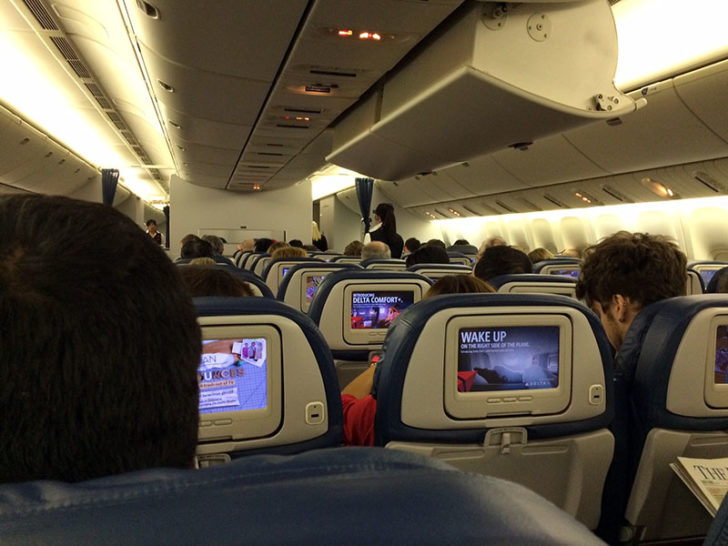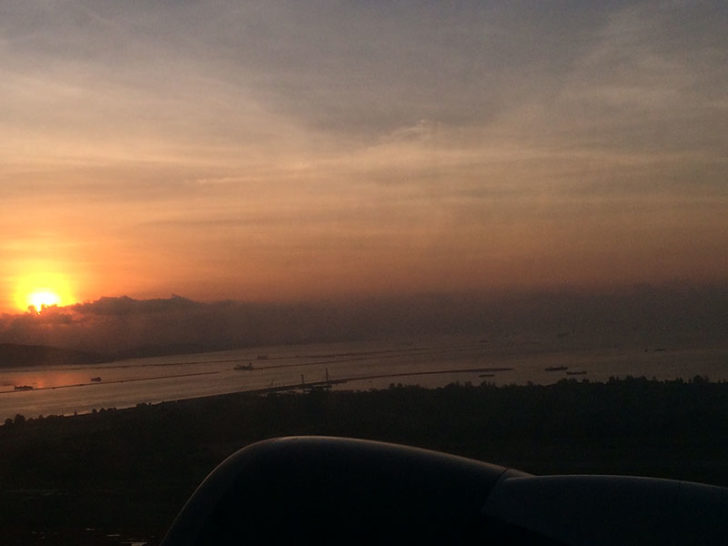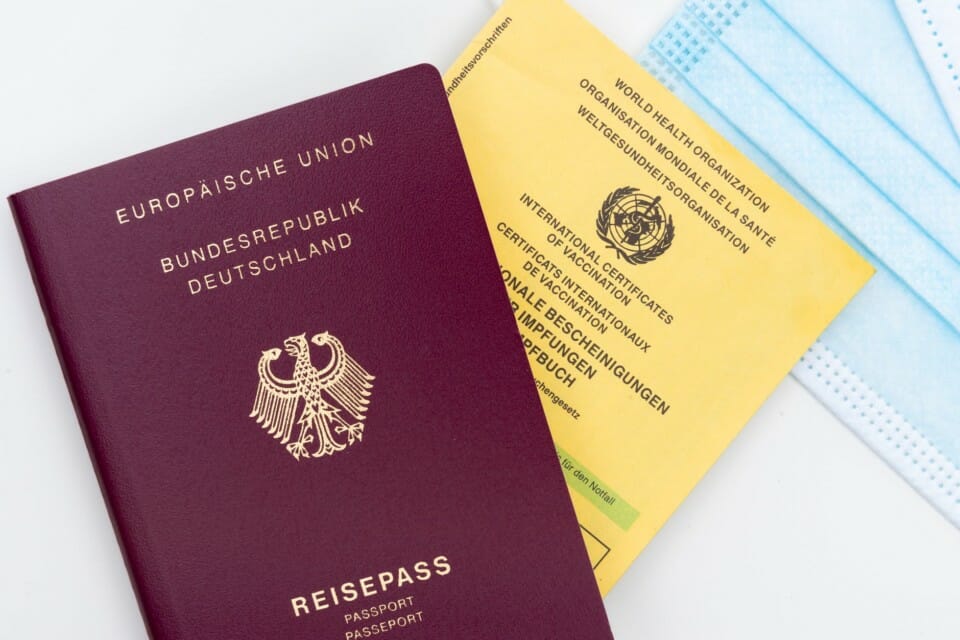I recently returned from a trip to Singapore and flew coach. I keep telling myself that I’ll never fly long distances in coach again, but somehow I make it work. A typical Boeing 777-200ER aircraft has 254 economy class seats and 37 business class seats. If 85% of the customers can survive 10 hours packed in like sardines, then I probably can, too. But I am extremely picky about selecting my seat.
Using tools like SeatGuru, you can see that not every seat is created equal. Some are near the mid-cabin lavatories (and possibly a galley), some are in the rear (where engine noise is greater), and some have strange rules for reclining seats or emergency exit doors that jut into the cabin. I also take into account the strategies of my fellow passengers. And finally, I check my seat assignment regularly. If what I want isn’t available at the time of booking, it may open up later. You can check manually or set up a seat alert using ExpertFlyer.
On this trip I was flying Delta and managed to secure an empty seat next to me on three of four segments despite having no status of any kind. This happened even though the planes were nearly full, so the empty middle seats next to me may have been among three or four on the entire plane. Here’s how I did it:
Rule #1: Always Take an Aisle Seat
On a long flight, I want an aisle seat. I want to be able to get up and stretch my legs, visit the restroom, and expand my zone of personal space into the aisle so I can at least pretend that I have more privacy than I really do. This is my first priority when selecting a seat. I will go so far as to sit near the back of the plane and forgo an extra-legroom seat (e.g., Comfort+, Economy Plus, or Main Cabin Extra).
One reason I can tolerate a standard economy class seat without the extra legroom is that I always bring earplugs (for the greater noise in back) and generally prefer to sit and sleep upright. The recline is so little that it only makes me more uncomfortable, like I’m slipping out of my chair, and if I stay upright then I usually still have room for my knees on my 6′ 2″ frame. But these are my preferences. The other rules that follow may still help you secure a window seat.
Rule #2: Seating Configuration Matters
When choosing a seat, my objective is to keep the middle seat open. This can often be achieved by taking an aisle seat on the left or right of the plane but is less likely if you have a middle seat in the center section.
On an aircraft with a 3-3-3 configuration this can be difficult. There are three middle seats in each row, and it’s unlikely that they will all stay open. Is it predictable which ones are more likely to stay open? The middle seats on the left and right are slightly less desirable because the window seat passenger will have to climb over you. I assume that customers forced to choose a middle seat will go to the center of the plane, where only they will do the climbing.
I generally prefer cabins with a 2-3-2 or a 2-4-2 configuration. There are only one or two middle seats per row, and I think there are some circumstances in which another passenger might prefer a middle seat. If I take an aisle seat on the left or right side, then the passenger in the window seat is still forced to sit next to me and only has a wall on the other side; that window seat is likely to remain open. Even if you’re forced to sit in the center section, pick a spot that leaves one empty seat next to you — not a lot of empty seats. People will generally try to sit elsewhere.
Rule #3: Window Seats Are Acceptable in Exit Rows
I will take an exit row seat when possible for the extra legroom that lets me stretch out my legs even if I don’t recline. In this case, a window seat is permissible. There’s usually enough room that I can get up and move to the aisle without pestering people — especially if it’s a bulkhead row. As an extra bonus, window seats offer some great views of faraway destinations (unlike flying over the continental U.S. for the third time that month).

Be aware that many exit and bulkhead rows have slightly narrower seats because the tray table is stored in the armrest. The television might also be stored in the armrest or could be located on the bulkhead wall, making it more difficult to watch.
Rule #4: I’ll Even Take a Middle Seat
Sometimes I’ll take a middle seat, but I only make this risky move when I’m in a very good row. Why? If any customers with elite status are on the standby list for an upgrade, they probably have access to the same row. Upgrades are also sometimes prioritized by how early someone booked and added their name to the upgrade list, meaning they probably got an exit row or bulkhead.
On my return leg from Singapore to Tokyo, I took a middle seat in the bulkhead row. There were still one or two aisle seats left in the far back of the plane, but I figured for only seven hours I could tolerate the middle if my luck was poor. I wouldn’t sleep anyway on a morning flight. Eventually the doors closed while the window seat next to me remained empty. I slid over, watched the sunrise as we took off, and stayed there for the rest of the flight.
Rule #5: If Uncertain, Sit in the Back
You might see lots of empty seats when you select your seat, even if it’s shortly before departure, because many customers don’t pick seats. Just because a seat is empty now doesn’t mean it will stay empty. That’s why some of my other rules are designed to discourage people from sitting next to me.
If those passengers wait until they check-in, the gate agent might select a seat for them. The gate agent will make some effort to space out passengers, but when things get full they generally move from front to back. If you are worried about a flight selling out and losing the empty seat next to you, sit in the back because that seat will stay empty longer than any of the others.

This is the complete opposite of Rule #4. I still think Rule #4 takes priority, assuming you can get into a desirable exit or bulkhead row. If that’s not possible, focus on Rule #5. Take an aisle seat and sit in the back where that empty middle is more likely to remain so.
Do you have other suggestions on how to secure a good seat for a long flight in economy class? Share your tips in the comments!






